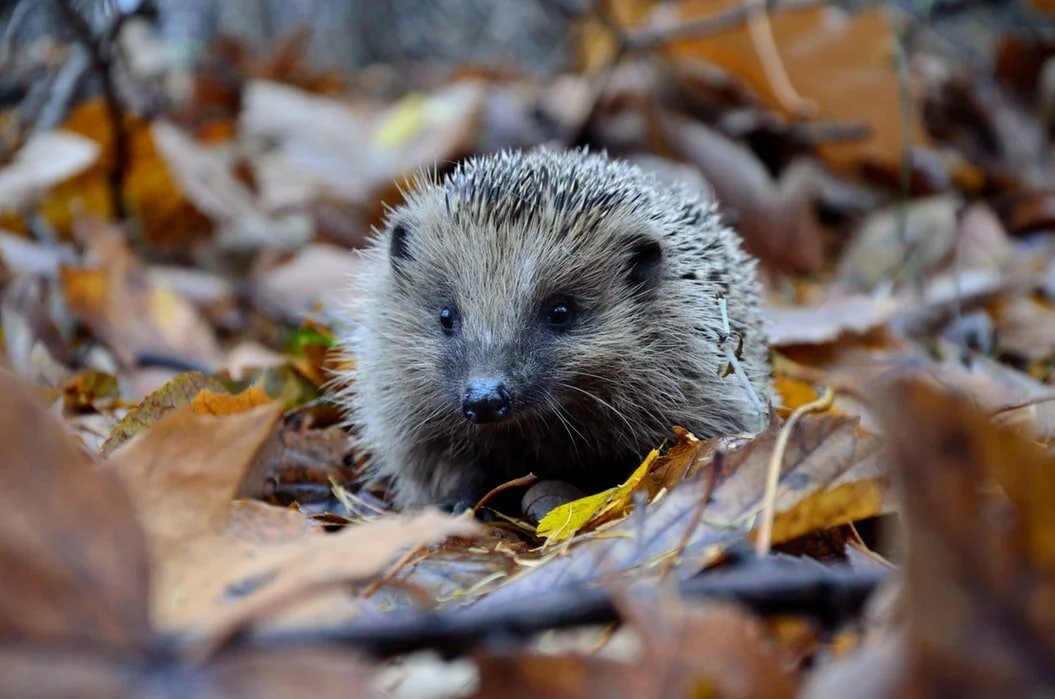By Della Lewandowski
The arrival of Valentine’s Day last week brought big romantic gestures and tokens of love for many of us. From grand rose bouquets to trays of sickly heart-shaped chocolates, there are numerous ways in which humans portray their love for one another. But in nature it’s not about finding love, the aim is to discover a mate that is one of the best examples of the species to create the next generation with.
In order to attract a mate, courtship displays are often carried out (usually by a male) to show off to potential partners in the hope of getting selected. The variation of displays between species varies significantly, from elegant songs and dances, to fighting other potential mates. Here are some examples of courtship rituals in nature:
Woodpeckers
Pileated woodpecker - native to North America.
There is variation in displays between different woodpecker species, however there are two main methods they use:
Drumming – Unlike other birds, woodpeckers do not have a distinctive mating song, instead their drumming is a handy way of communicating. They rapidly tap their beaks against objects to create sound that resonates for long distances, which is recognised by other woodpeckers by its pattern and tempo.
Display flights and dances – A common method used in nature. In pileated woodpeckers (native to North America), both individuals throw back their heads and pointing their bills in the air. They then strike a pose in which they hold for a few seconds, hop to the side and repeat.
Watch it here.
Hedgehogs
Hedgehog breeding season begins in May, and can be recognised by strange noises coming from the undergrowth in your garden! In their courtship ritual, boars will repeatedly circle the sow, initially often reacting aggressively. She makes loud rhythmic snorting and puffing sounds, as well as erecting her spines. The noise can attract other males to the area, which then interrupt the display. This causes a fight between the males, head-butting and chasing one another to assert their dominance. The ritual of circling can last for hours, allowing the sow to get a good idea of the fitness of the male. If she is impressed, she will then flatten her spines to prevent injuring the male during mating. No pair bonding behaviour has been witnessed in hedgehogs, boars will leave the doe to rear the young alone and she can go on to mate with other partners.
Watch them here.
Brown Hares
Photo by Kevin Sawford via Suffolk Mag.
Brown hares are often referred to as ‘mad March hares’, as they can be found frantically boxing one another. It gives the appearance of two competing males fighting, but in fact this occurs when females are attempting to escape unwanted advances from males. As females come into season at this time of year, males seek them out and chase them, before the female gets tired of it and challenges him to a boxing match!
Watch them here.
Hen Harrier
Photo by Graham Catley via Pinterest.
When attempting to attract a female mate, male hen harriers perform an impressive display known as ‘skydancing’. Once a suitable candidate is spotted, the male repeatedly flies steeply upwards, somersaults at the peak and falls rapidly to exhibit his aerial abilities. If successful in this, both individuals will collect materials to begin building a nest for the next generation.
Watch this spectacle here.











